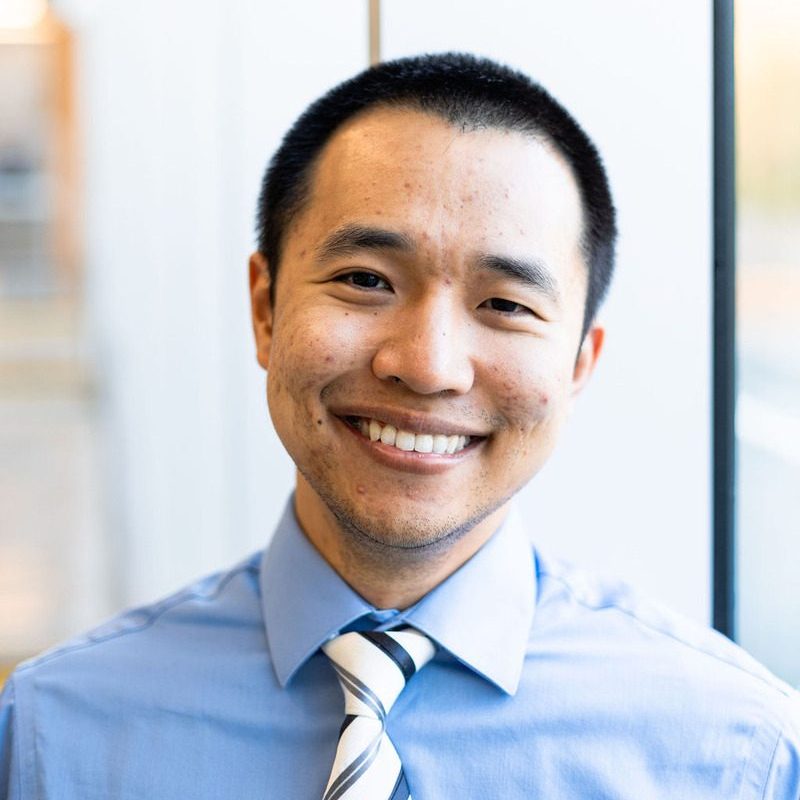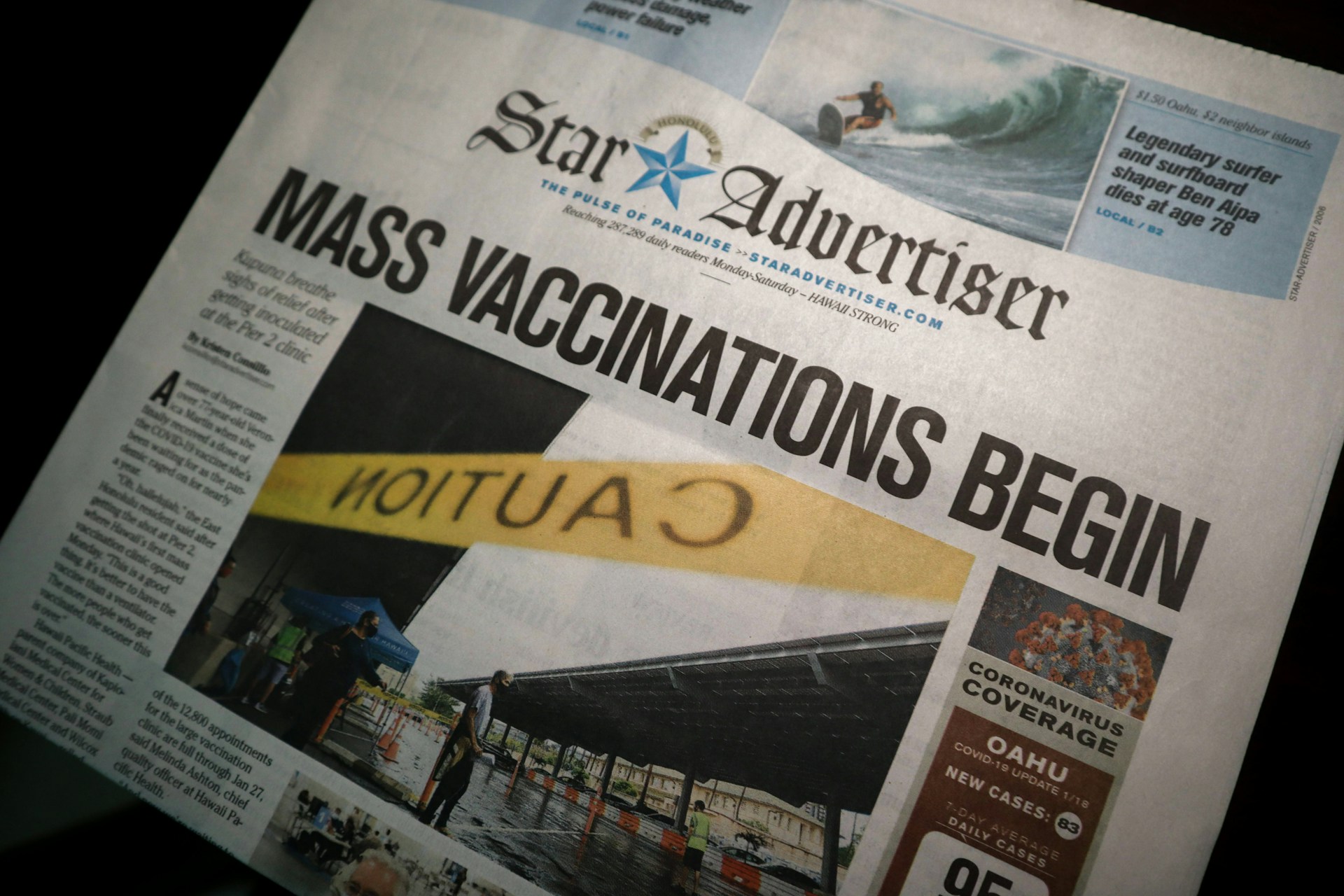Recall the last time you fell ill. If you went to see a doctor, they might have prescribed you an anti-infective to help your body fight the microbes causing it. This applies when you use an antibiotic against a bacterium or an antiviral against a virus.
But microbes are living entities. They can modify themselves over time and develop resistance against these drugs, even within a single infection cycle. As a result, the anti-infectives become ineffective, and the microbes developing this resistance could then become multi-drug resistant. These microbes can resist several types of antibiotics.
The emergence of antibiotic-resistant microbes is a major threat to public health, resulting in the antimicrobial resistance (AMR) crisis. AMR puts much of modern medicine at risk. Statistics show that AMR poses a threat to cancer patients, as the patients might be admitted because of an infection, and antibiotics are the only line of defence.
AMR impacts livestock and agriculture too. The overuse of antibiotics in livestock paves the way for the breeding of drug-resistant bacteria or viruses, leading to a risk of transmission. Resistant microbes can cross barriers and seep into the water through waste, which act as reservoirs of transmission for resistant bacteria or viruses into the environment. Therefore, in addition to healthcare risks, AMR produces a significant economic cost to the world.
Tackling AMR is a scientific and financial challenge. Institutions that promote novel solutions to the AMR crisis often struggle to gather the funds and resources to address the upcoming challenges. That’s where organizations like the Biotechnology Innovation Organization (BIO) enter the fray. As the largest biotechnology trade association in the world, BIO advocates for research and innovation in healthcare by connecting biotechnology companies, researchers from academia, biotech centres, and related organizations together. Thanks to the team at BIO, AMR research and development pushes forward by providing a platform for scientists, policy makers, and industralists to join forces and share ideas.
But how else can organizations like BIO fight AMR? To answer this question, we turned to Emily Wheeler, a senior figure at BIO, to delve further into this topic. Read on if you want to know how associations like BIO can spur the fight against AMR. If you want to connect with BIO, be sure to register for the World AMR Congress 2024 and speak with Emily during the conference.
The Interview
DD: Welcome, Emily, and thank you for joining our interview today. Let’s start with your current role at the Biotechnology Innovation Organisation (BIO). What do you do at BIO?
EW: My name is Emily Wheeler, and I am a Senior Director of Infectious Disease Policy at BIO. BIO is the largest biotech advocacy association in the world. We represent biotechnology companies, academic and research institutions, state biotech centers, and related organizations across the United States and 30 other countries.
As our members research and develop advancements in healthcare, agriculture, and other biotechnology products, we advocate for and develop educational opportunities to enrich the entire industry. BIO’s members include innovators focused on developing new therapeutics to address the growing threat of antimicrobial resistance (AMR).
DD: What inspired you to take upon your current role at BIO and advocate for the biotech sector? And what inspires you to continue advocating for novel solutions to the AMR crisis?
EW: My previous experience working with educational and environmental nonprofits and advocating for public policy sparked my interest in the biotechnology sector. The biotech industry frequently convenes the best researchers and scientists with policy leaders at the forefront of public health advocacy to bring solutions that can address the most significant public health threats. I have also always had a passion for global public health and addressing healthcare issues that impact everyone, everywhere. As the AMR crisis is already upon us, I decided to specialize in AMR to accelerate the push for solutions against resistant microbes and superbugs. In turn, I am thrilled to work at as influential an organization as BIO to support our mission to advocate for policies that advance innovation, particularly within the critical infectious disease policy arena.
DD: BIO has created a strong network to fight AMR. What are the key initiatives that BIO has developed from this network to fight against AMR.
EW: Our commitment to protect and advance the “virtuous circle” of biotech-driven innovation uniquely positions us to advocate for the many people impacted by AMR daily and for the innovative companies working on new antimicrobial treatments for patients. Sharing these stories will continue to inspire the next generation of life-saving medicines, as the advocacy of patients and their families often catalyse innovation.
In addition, BIO is dedicated to safeguarding every aspect of public health, including preparedness in all forms. In the fight against AMR, this means advocating for the passage of the PASTEUR Act by educating the public and policymakers about the struggling antimicrobial ecosystem. PASTEUR’s subscription model is an innovative way to pay for novel antimicrobials while fundamentally supporting the pillars of appropriate use. This novel model would incentivize the development of novel antimicrobials based upon their value for public health, rather than volume, and would be transformative to the antimicrobial ecosystem.
DD: In your time at BIO, what barriers have you observed in efforts to develop and commercialize new antimicrobial drugs globally? What are some potential solutions to overcome these barriers?
EW: Developing and commercializing new antimicrobial drugs is an enormous challenge due to the unique characteristics of the antimicrobial ecosystem, including the financial dynamics involved. Developing a new antimicrobial drug can take over a decade and cost more than 1 billion. After an antimicrobial makes it through clinical trials and gains FDA approval, it’s difficult for companies to recoup that investment – because unlike most other drugs, antimicrobials cannot be overused to avoid exacerbating AMR. This restriction, by nature, constricts their volume of usage. As a result, this practice, called antimicrobial stewardship, creates a broken marketplace for the novel medications even though it is critically important from a public health perspective. Many large biopharmaceutical companies have in turn exited the space.
In response, several organizations are advocating for “push” and “pull” incentives to overcome these barriers. Push incentives seek to support early- and late-stage research for the development of novel antimicrobials. These include grants and other funding from US government agencies and organizations such as CARB-X and GARDP. Push incentives are vital to help advance new technology through the R&D process, up to FDA approval.
On the other hand, pull incentives work to support companies that successfully develop a novel antimicrobial product and – mechanistically – directly address the critical post-approval part of the broken antimicrobial ecosystem. Current examples of pull incentives include the bipartisan PASTEUR Act – proposed legislation in Congress – and the UK’s antibiotic subscription funding model.
DD: Speaking of overcoming barriers, how can artificial intelligence (AI) help develop the field of AMR, and how has the Biotechnology Innovation Organisation (BIO) helped scientists integrate AI in antimicrobial drug development?
EW: In recent years, artificial intelligence has displayed enormous potential for revolutionizing drug development. When it comes to AMR, AI has the potential to speed up the drug discovery process and cut the sizable costs associated with it. BIO is committed to helping our members understand how this rapidly evolving field of technology can transform antimicrobial drug development.
DD: Thank you for sharing your insights with us, Emily. Let’s end our interview with the key themes of your talk at The World AMR Congress. did you hope you would share at the World AMR Congress?
EW: At the World AMR Congress, I was happy to see attendees sharing ideas and examining problems with like- minded individuals who understand that continued innovation is the only path forward in the fight against antimicrobial resistance. The World AMR Congress provided a unique and specialized time for experts of all kinds in the AMR space to come together and discuss challenges facing the antimicrobial ecosystem today and ideas for how to address them.
Authors
-

Divya is a dedicated research analyst passionate about uncovering actionable insights that drive innovation in the life science industry. She brings PhD-level expertise as a researcher, technical writer, and project manager to write for GenoWrite. Her core competencies include data analysis, market research, and strategic recommendations. She is proficient in using advanced analytical tools and methodologies to uncover trends and insights that drive decision-making and innovation.
View all posts -

Paul Naphtali is a seasoned online marketing consultant. He brings to the table three years of online marketing and copywriting experience within the life sciences industry. His MSc and PhD experience also provides him with the acumen to understand complex literature and translate it to any audience. This way, he can fulfill his passion for sharing the beauty of biomedical research and inspiring action from his readers.
View all posts




